Crime Scene Photos: These Items Came from UK's Most Infamous Cases
A strange new exhibit opened today (Oct. 9) at the Museum of London in the United Kingdom. The "Crime Museum Uncovered" exhibit features items from the Metropolitan Police's Crime Museum, a private gallery of evidence and weapons associated with some of the U.K.'s most infamous criminal cases. From a pincushion embroidered with human hair to a mask of a dead murderer's face, here are some of the highlights from the macabre exhibit. [Read More About the Crime Museum Uncovered Exhibit]
Guest book
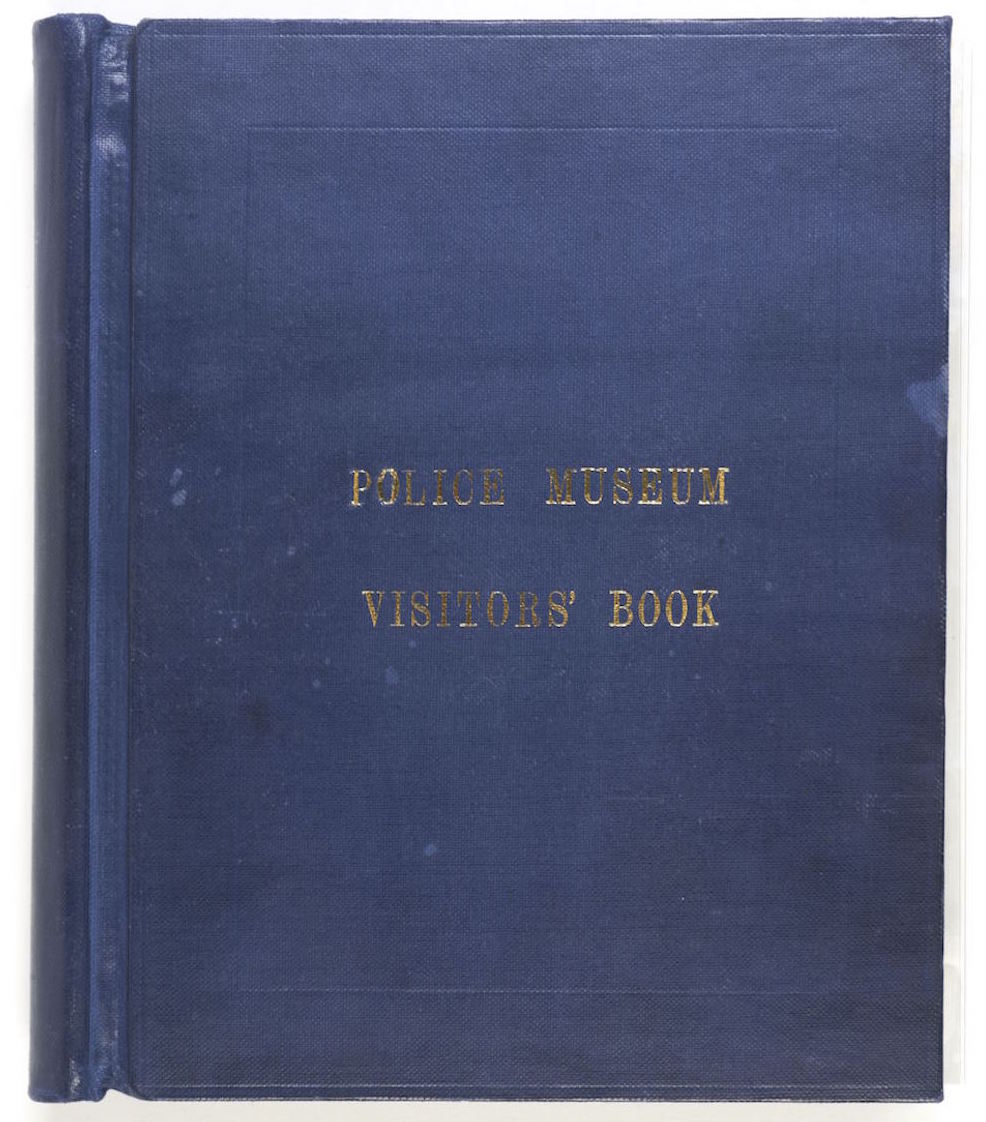
The second visitors book from the Crime Museum, which was originally located at No. 1 Great Scotland Yard, at the rear of the commissioner's office. Though the museum opened in 1874, the first book to document visitors there was signed in 1877 and was in use until 1894. The visitors book pictured above was in use from 1877 to 1904.
Smoking gun

In May 1840, Edward Oxford became the first of eight people to attempt to assassinate Queen Victoria, who reigned from 1837 until her death in 1901 (a period known as the Victorian era). This pistol is one of two purchased by Oxford to carry out his attempt on the queen's life. His attempt was unsuccessful, and he was later convicted of treason but was found not guilty by reason of insanity. He spent the next 24 years of his life in a state insane asylum.
Postmortem mask
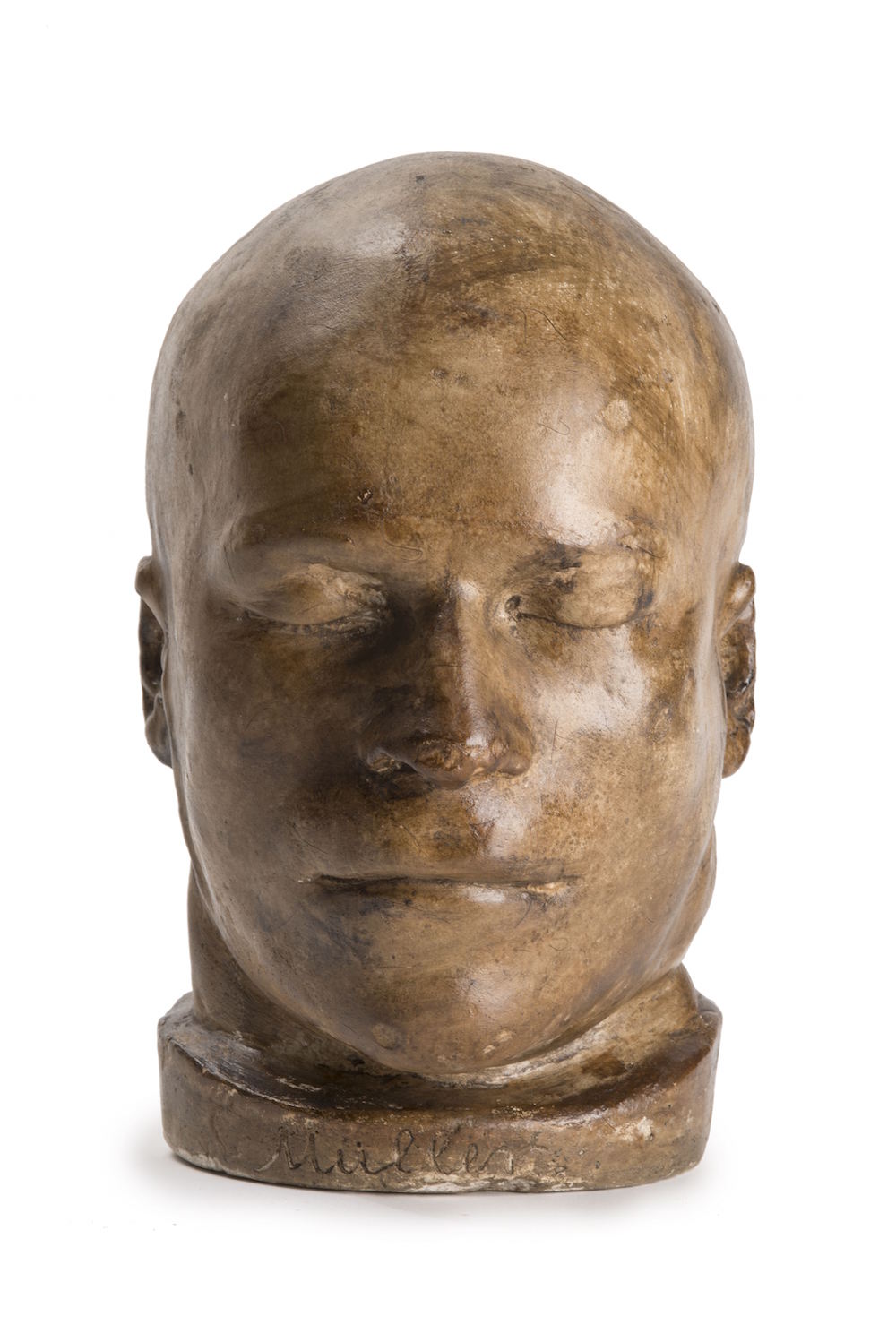
In July 1864, the German tailor Franz Muller robbed and murdered a banker named Thomas Briggs. It was the first homicide to take place on a British train. Muller fled Britain after the murder, but was eventually arrested in New York. He was sentenced to death by hanging and was executed in November 1864. This "death mask" was created after the execution.
Sign up for the Live Science daily newsletter now
Get the world’s most fascinating discoveries delivered straight to your inbox.
Tiny crime scene
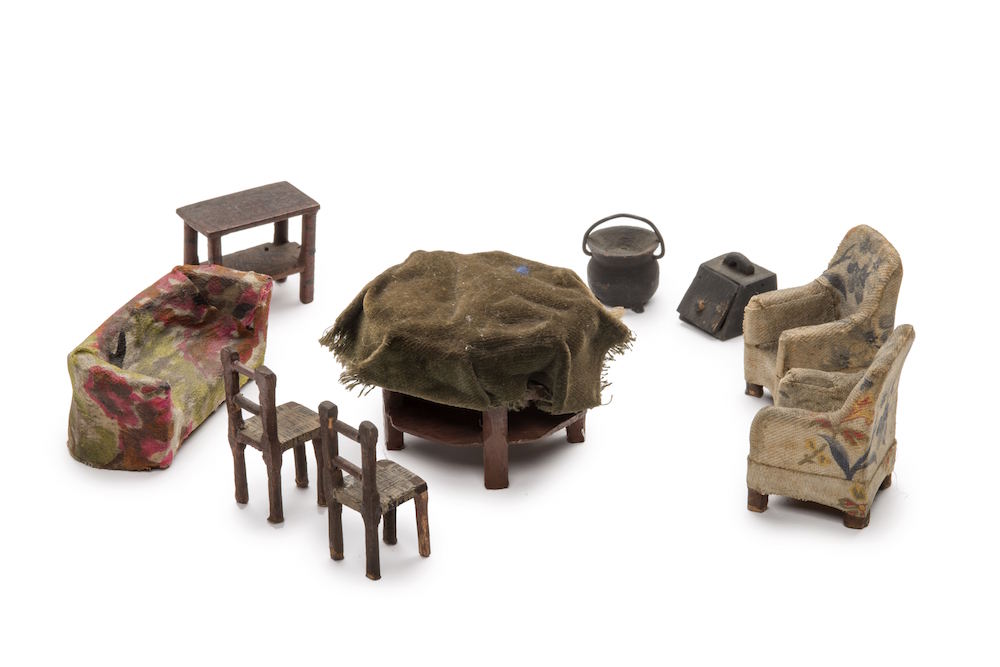
Forensics experts used this miniature dollhouse furniture to reconstruct a murder scene in 1924. The tiny chairs and tables depict the inside of the beach house where Patrick Mahon, a married salesman, brutally murdered his pregnant lover, Emily Kaye. Mahon was convicted and later hanged to death for the crime.
Masked murder
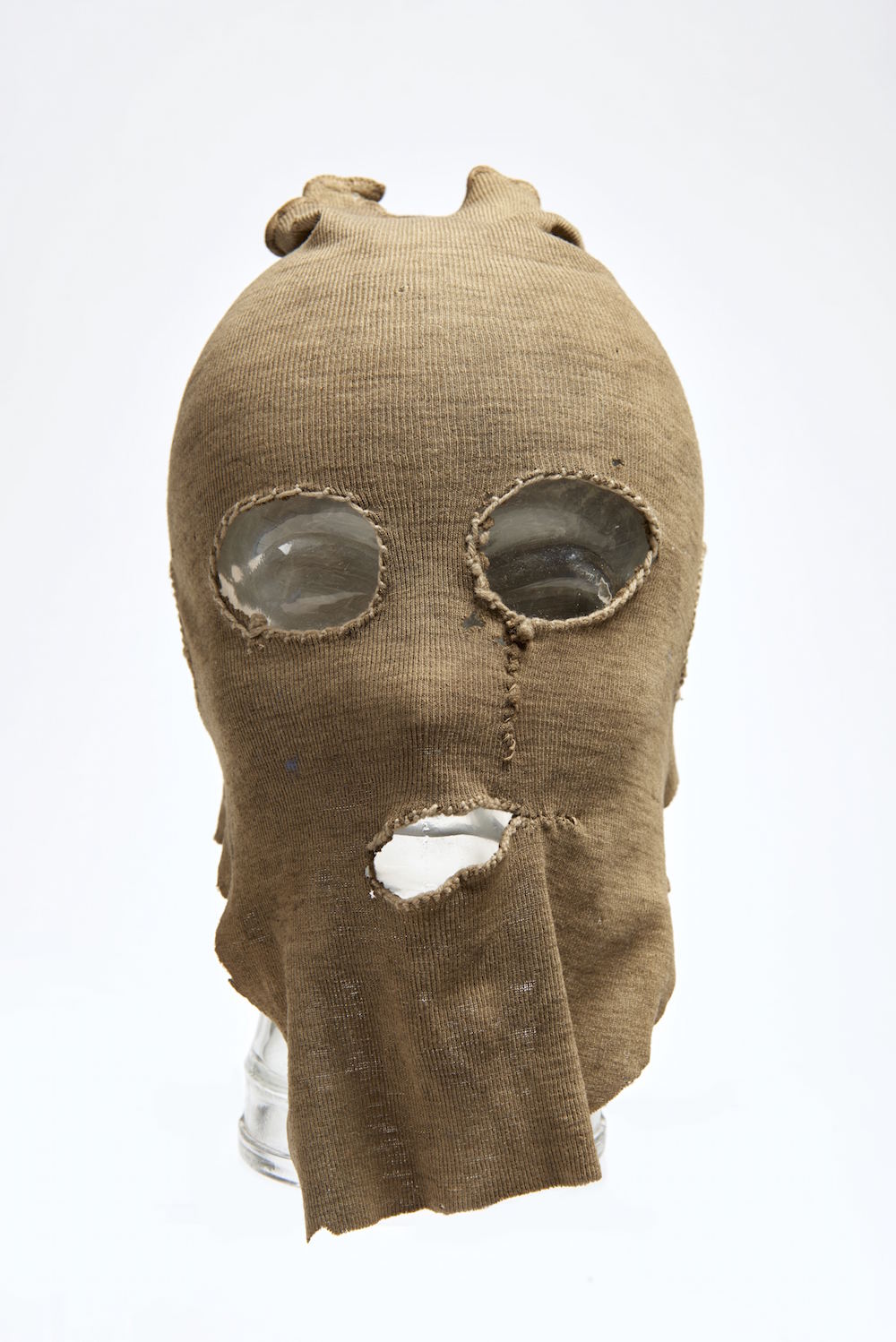
In 1927, two men traveling in a stolen car were pulled over by a police officer named George Gutteridge, in Essex County, England. The men brutally murdered the officer before fleeing the scene. Both men were eventually arrested, found guilty of murder and hanged. This homemade mask was recovered during the investigation into Gutteridge's death.
Knockoff diamond
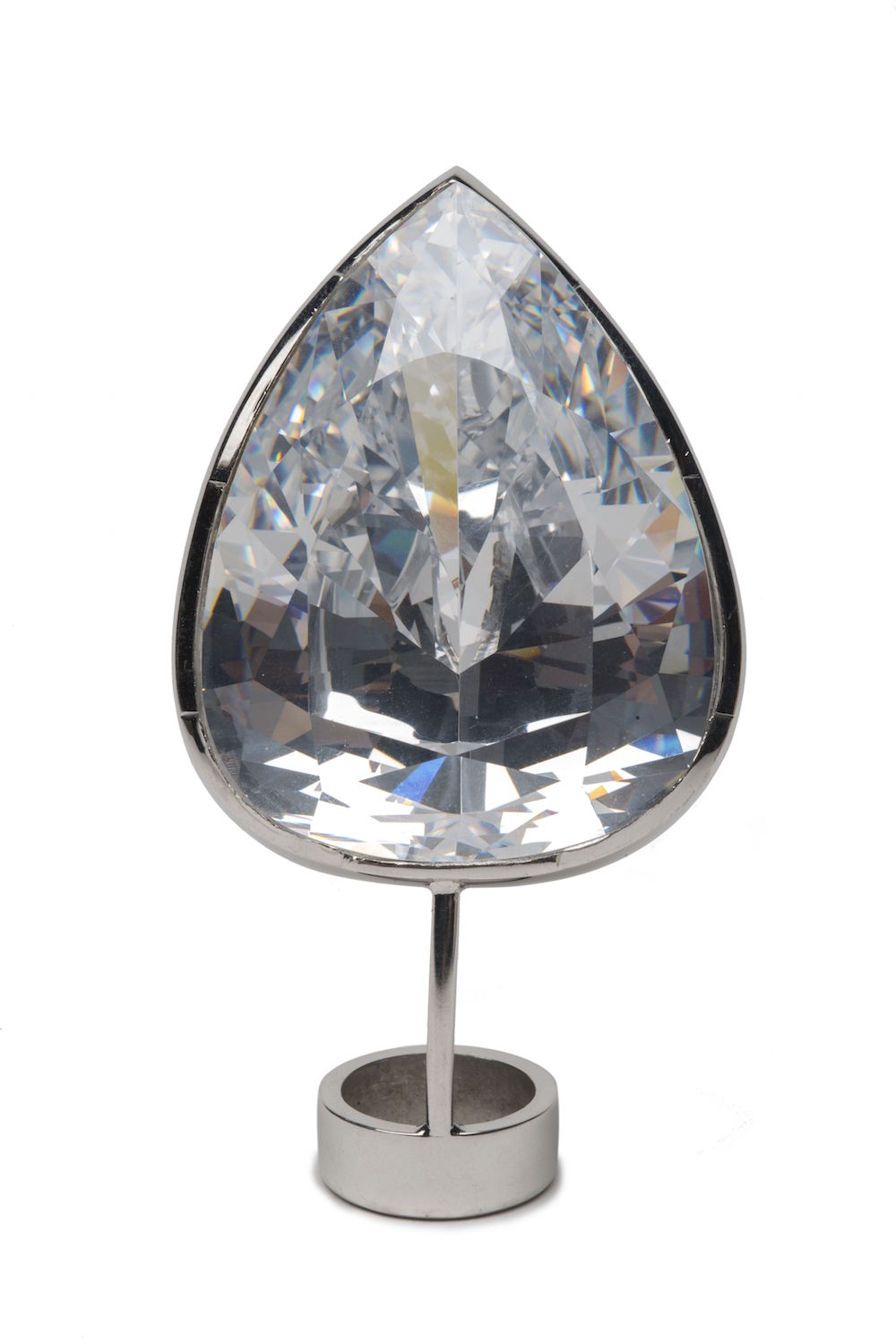
This replica of the Millennium Star, a flawless 203.04-carat (40.608-gram) diamond, was used during the foiled Millennium Dome raid. In 2000, the Metropolitan Police Service became aware of an armed robbery plot at the Millennium Dome in southeast London, which was then hosting a diamond exhibition. As part of the effort to foil the robbery, officers replaced the Millennium Star and other priceless gems with replicas like this one.
Taste of medicine
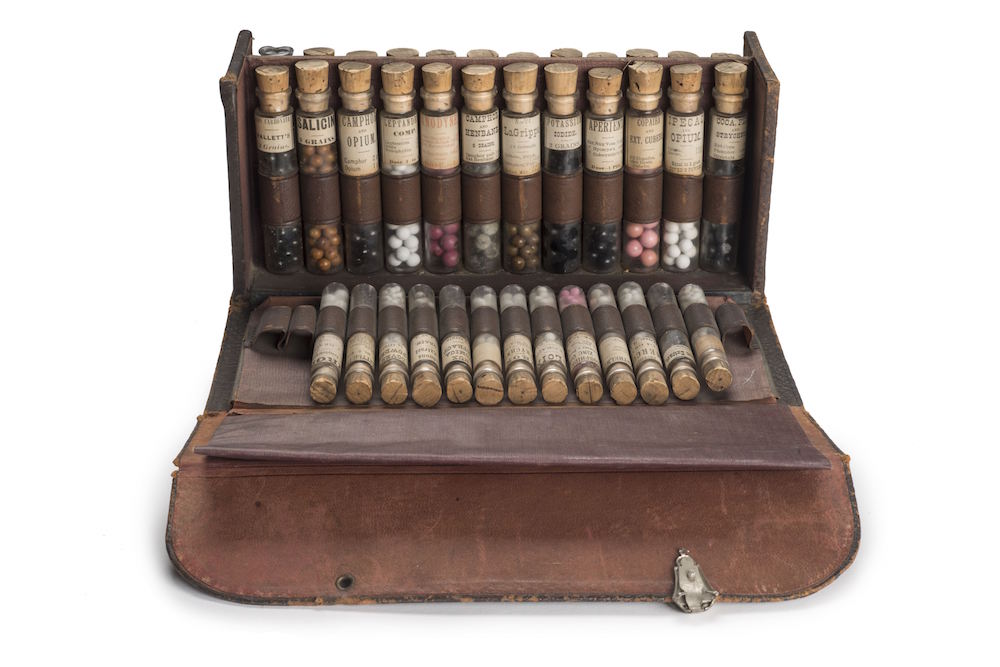
This medicine case once belonged to Dr. Thomas Neill Cream, a serial killer also known as the Lambeth Poisoner. Cream was convicted of murdering four women in 1892 and was sentenced to death by hanging. Many believe that the doctor, who used the pesticide strychnine to kill his victims, was the infamous (and anonymous) murderer Jack the Ripper.
Suspicious spade
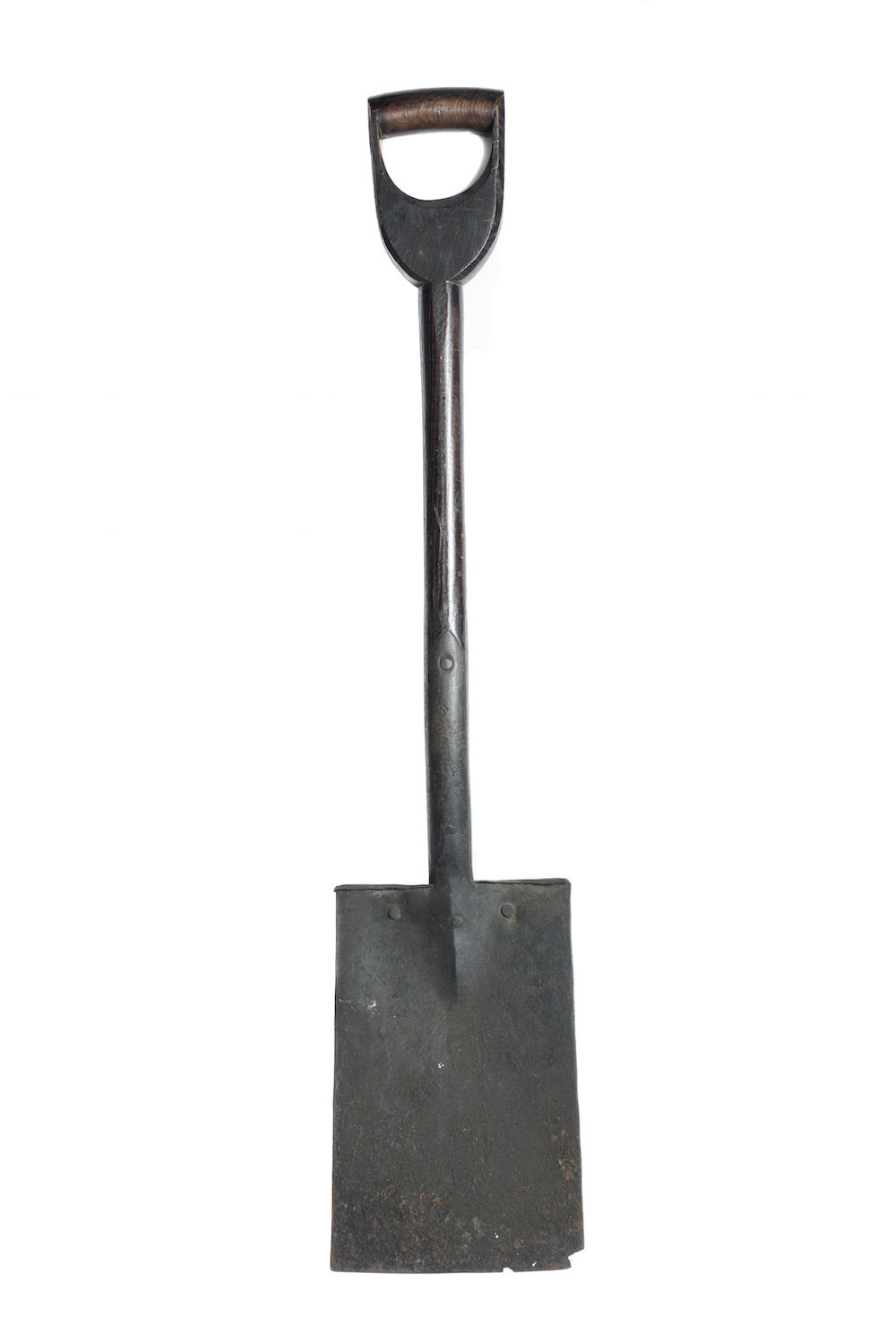
This shovel was used as evidence in the investigation of the murder of Cora Crippen, late wife of Hawley Harvey Crippen (better known as Dr. Crippen). In 1910, Dr. Crippen was convicted of murdering his wife and burying her body in the basement of their London home. He was sentenced to death by hanging.
The black trunk
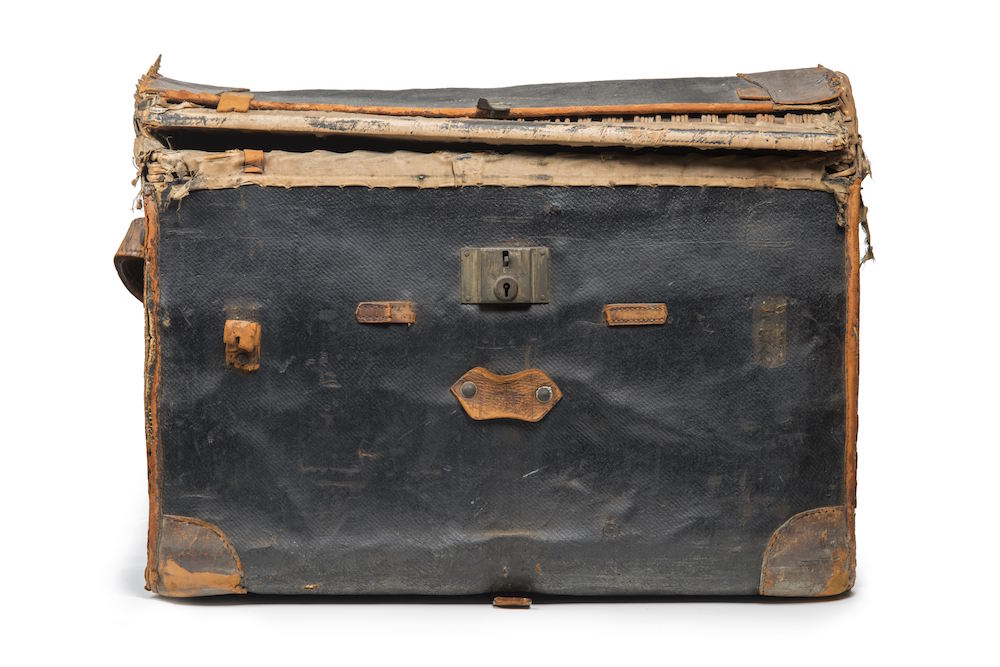
This large trunk was left at a London railway station in 1927. It contained the chopped-up remains of Minnie Alice Bonati. The murderer, John Robinson, was later convicted of murder and was sentenced to death by hanging.
Poisonous luggage
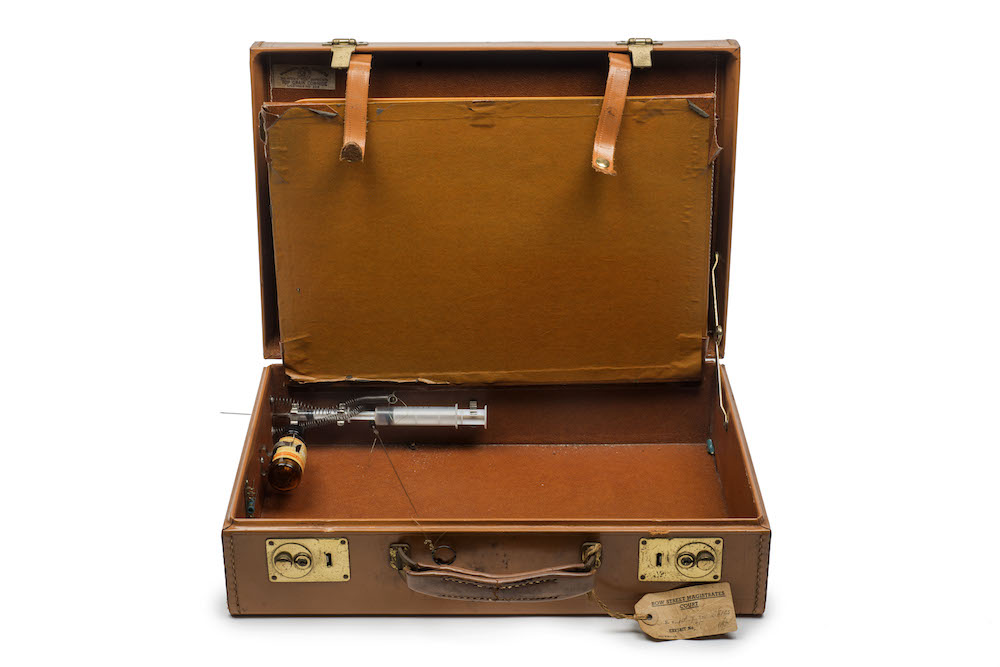
This small, syringe-carrying suitcase may have been used to murder enemies of the infamous Kray brothers — twin Englishmen who led The Firm, a gang of organized criminals who controlled the East End of London during the 1950s and 1960s. A button on the suitcase forced a needle through a hole in the case, injecting the unlucky victim with deadly poison.
Stocking thieves

These stocking masks were used by the Stratton brothers, the first men in the U.K. to be convicted of a crime based on fingerprint evidence. In 1905, the Strattons murdered an elderly couple in their home and left these masks, as well as a fingerprint-smudged cashbox, behind. They were convicted of murder and hanged several months after the crime was committed.
Strange evidence
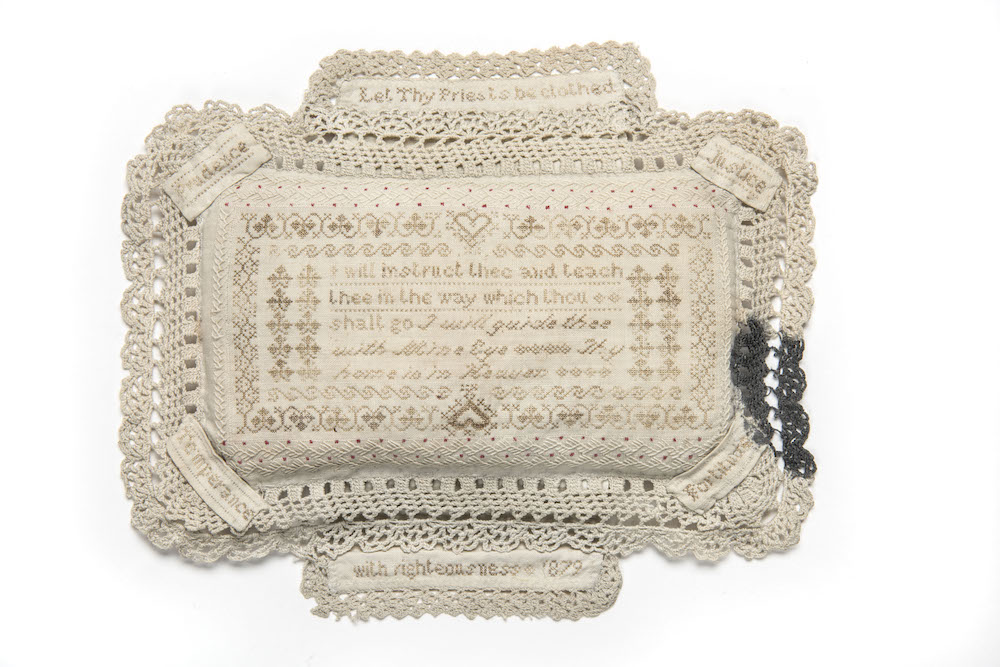
This pincushion, embroidered with human hair, was seized from Annie Parker, a woman who was arrested by the Metropolitan Police more than 400 times on charges of drunkenness. The hair used to sew the cushion belonged to Parker.
Acid baths
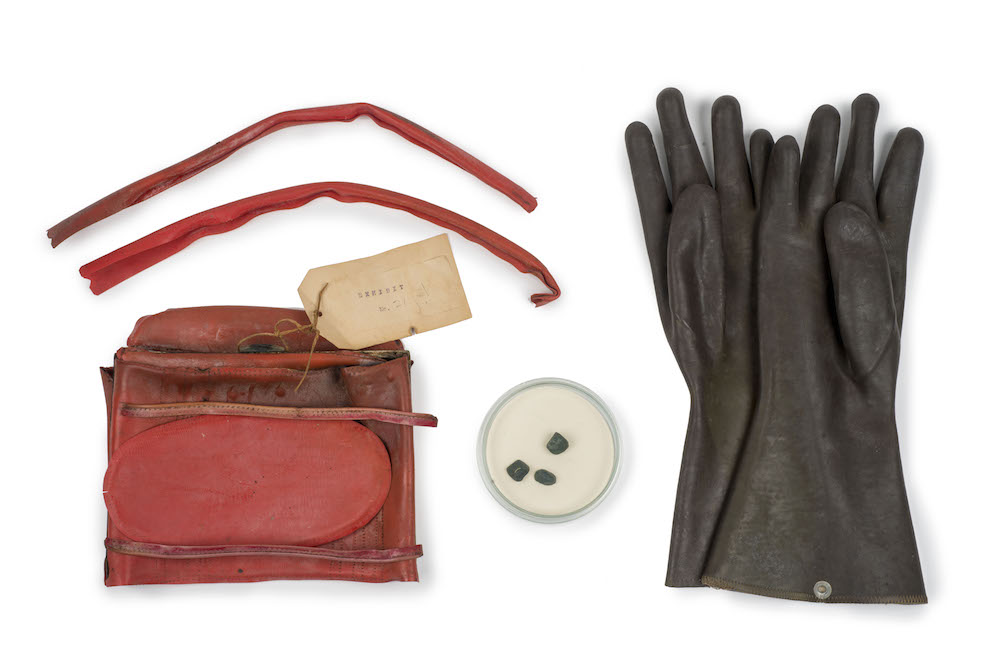
All of these objects were used in the case against John Haigh, a serial killer who murdered at least six people in the 1940s, disposing of their bodies in sulfuric acid. For his many crimes, he was sentenced to death by hanging. For his unusual method of dealing with his victims' remains, he's known by many as the "acid bath murderer."
Follow Elizabeth Palermo @techEpalermo. Follow Live Science @livescience, Facebook & Google+. Original article on Live Science.

Elizabeth is a former Live Science associate editor and current director of audience development at the Chamber of Commerce. She graduated with a bachelor of arts degree from George Washington University. Elizabeth has traveled throughout the Americas, studying political systems and indigenous cultures and teaching English to students of all ages.









